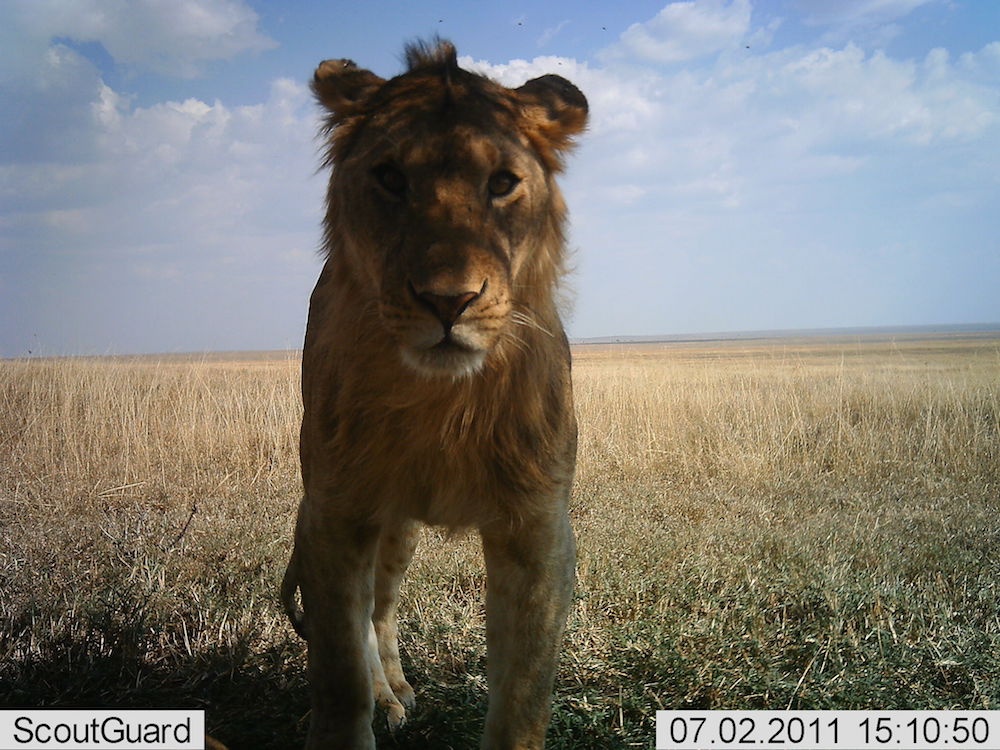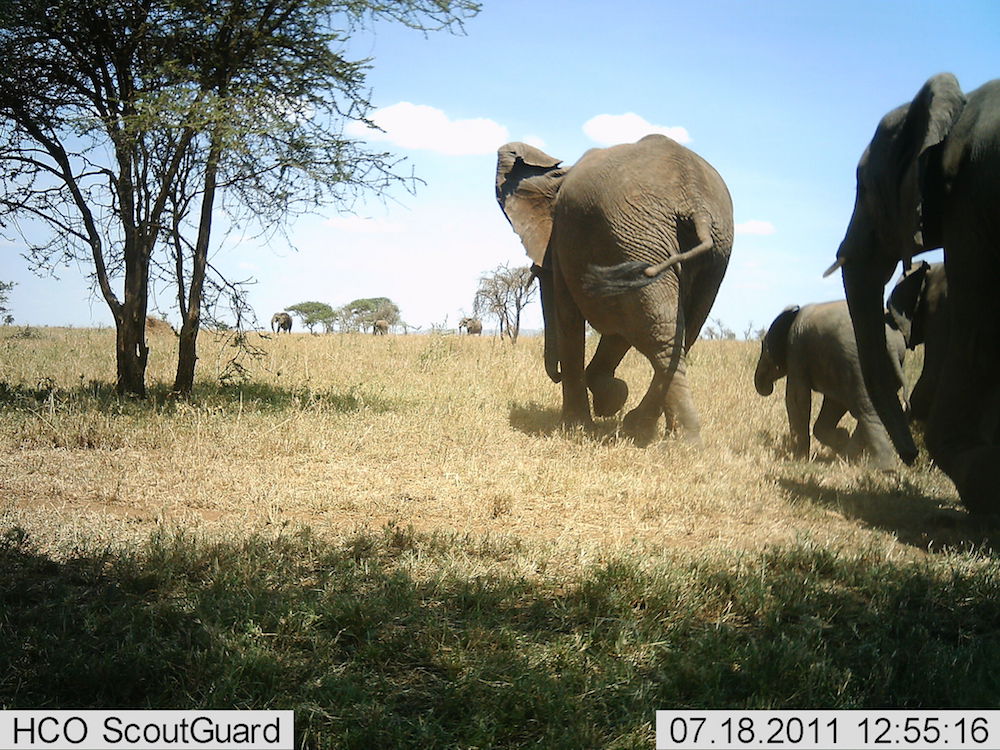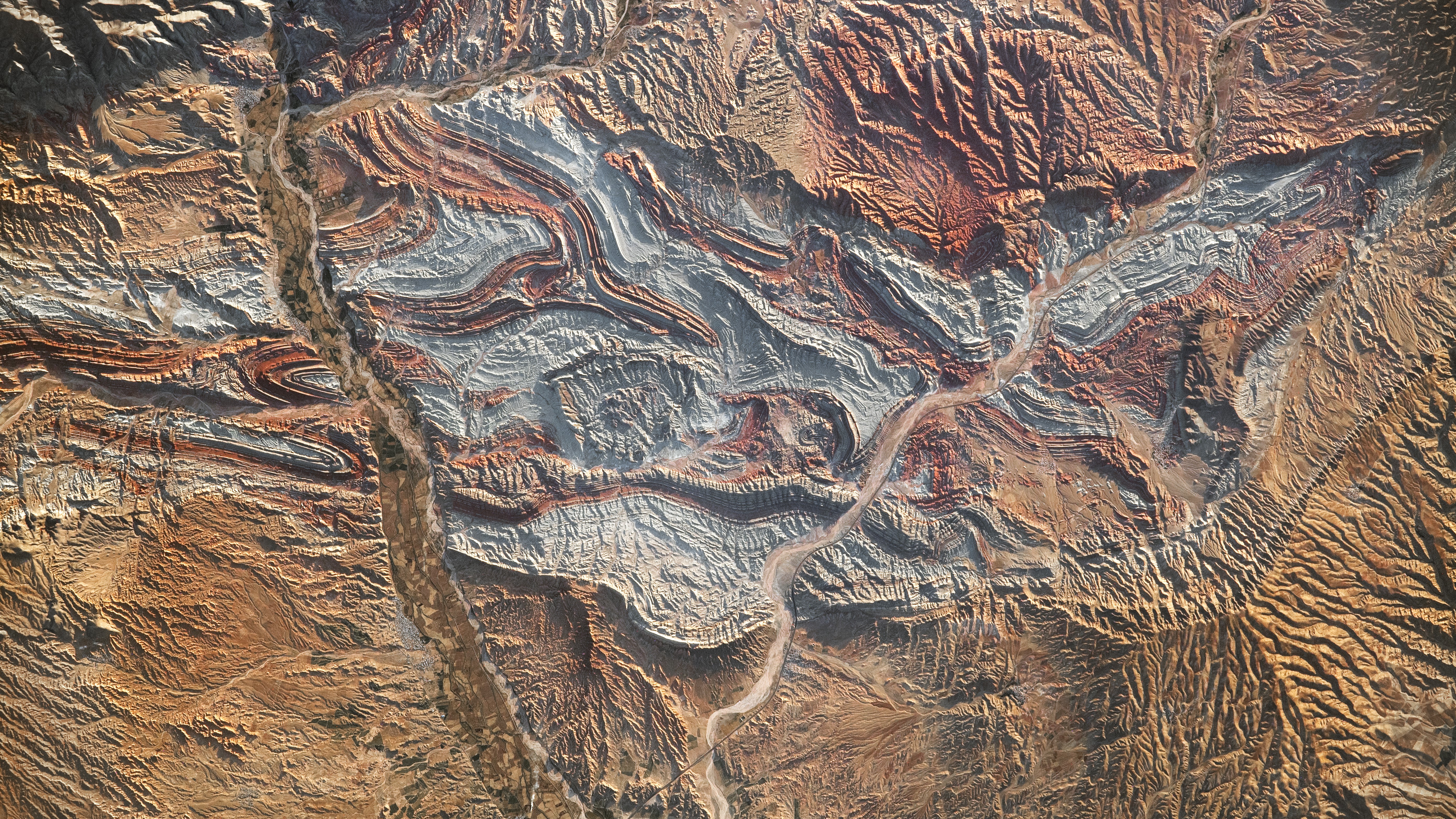Life on the Serengeti: Thousands of Wild Images Captured by Hidden Cameras

A young male lion looks directly into the lens of a hidden camera. A black-and-white honey badger rustles through the grasses. These are just a couple of the amazing snapshots of life on the Serengeti captured by cameras.
About 1.2 million images taken by remote cameras in Serengeti National Park in Tanzania provide a window into these animals' lives. These pictures may be cute, but they're also valuable for science. Researchers hope to use the photos to answer questions about how animals interact within their ecosystems, according to a new study.
For instance, how do carnivores that eat the same prey manage to coexist in the same environment? [See photos of the wild animals of the Serengeti]
"It might be because they avoid each other," said study researcher Margaret Kosmala, a researcher of organismic and evolutionary biology at Harvard University. "It might be that they eat slightly different things, which they do. Or it could be that some of them are active during the day and some at night."
With these photos, researchers can get a better view of how different carnivores divide space and time in the Serengeti, Kosmala told Live Science. They can also help scientists to answer a multitude of other questions, especially now that the data are available for public use, she said.

By 2013, Swanson had amassed 1.2 million photos — too many to go through on her own. So, she collaborated with The Zooniverse, a citizen-science platform, to create www.snapshotserengeti.org. Within 10 days, citizen scientists had gone through 18 months' worth of photos, leaving the researchers scrambling to post the remaining images on the site, Kosmala said.
"We were floored by how responsive people were," she said. "We literally could not have gone through all of these images without all of these people."
Sign up for the Live Science daily newsletter now
Get the world’s most fascinating discoveries delivered straight to your inbox.
More than 28,000 registered users rated the photos by counting the number of animals and baby animals present and what the animals were doing, such as eating, moving or resting.
The citizen scientists found that more than 322,600 photos contained animals. (Sometimes, the motion-triggered cameras would take photos of grasses waving in the wind, Kosmala said.) Citizen scientists also identified 40 separate species, including the aardvark, zorilla (a mammal that resembles a skunk) and bat-eared fox.
Each photo was rated by at least 10 different users, Kosmala said. When experts later reviewed more than 4,000 of the photos, there was 96.6 accuracy for species identification and 90 percent accuracy for species count, the researchers said.
The project is the first camera survey to monitor large predator and prey species around the clock for several years, the researchers said. They hope to get enough money — mostly funds to buy diesel for transportation, so they can check on the cameras every six to eight weeks — to continue the endeavor.
Every time they upload the photos, the researchers find amazing shots. For instance, some animals were captured giving the cameras curious looks. [Camera Trapped: Photos of Weird Wildlife Around the World]
"There are definitely certain species that are interested in the cameras," Kosmala said. "Elephants, cheetahs, hyenas and baboons — the ones you think of as being smarter."
In fact, baboons would sometimes turn off the cameras or switch them from photo to video mode. One baboon got caught at the beginning of a video looking at the camera and then walking away, unaware that videos quickly eat up space on memory cards, Kosmala joked.
The findings were published online today (June 9) in the journal Scientific Data.
Follow Laura Geggel on Twitter @LauraGeggel. Follow Live Science @livescience, Facebook & Google+. Original article on Live Science.

Laura is the archaeology and Life's Little Mysteries editor at Live Science. She also reports on general science, including paleontology. Her work has appeared in The New York Times, Scholastic, Popular Science and Spectrum, a site on autism research. She has won multiple awards from the Society of Professional Journalists and the Washington Newspaper Publishers Association for her reporting at a weekly newspaper near Seattle. Laura holds a bachelor's degree in English literature and psychology from Washington University in St. Louis and a master's degree in science writing from NYU.










